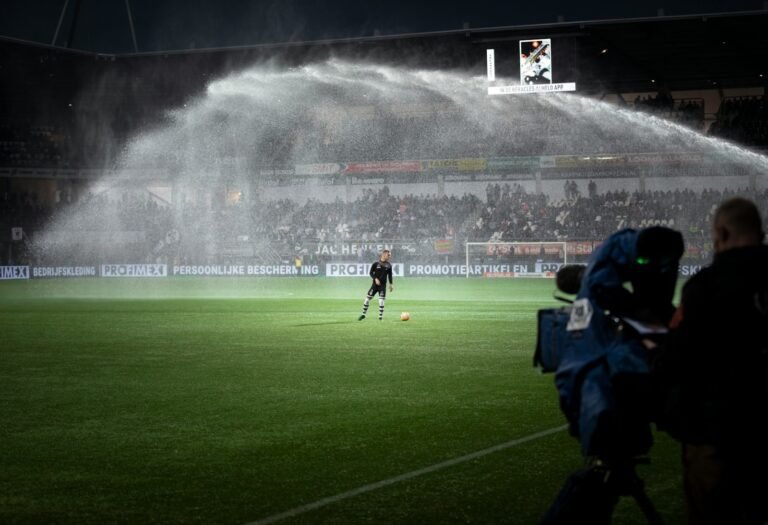Big-name sports brands have spent decades perfecting the art of audience engagement, transforming athletes into cultural icons and turning mere logos into status symbols. But beyond the multimillion-dollar sponsorships and high-production campaigns, their playbook is filled with strategies that even indie brands can leverage to elevate their own presence.
Here’s how emerging brands can take inspiration from sports marketing giants to carve out their own space in a competitive market.
1. Cultivating Brand Ambassadors, Not Just Influencers
Sports brands have long excelled at forming deep, long-term relationships with athletes who embody their values—think Nike and Michael Jordan, or Adidas and Lionel Messi. Instead of one-off influencer collaborations, indie brands can build a core group of brand advocates who genuinely align with their ethos.
- Tactic to Steal: Instead of seeking influencers with the largest following, identify micro-ambassadors—loyal customers, niche content creators, or community leaders—who can consistently promote your brand with authenticity.
2. Creating Exclusive Community Experiences
Fan loyalty in sports often stems from the sense of belonging to a tribe. Brands like Red Bull have capitalized on this by hosting extreme sports events and fostering tight-knit communities. Indie brands can apply this same principle by creating experiences that foster deep consumer connections.
- Tactic to Steal: Host pop-up events, VIP product drops, or local meetups that turn customers into an engaged community rather than passive buyers.
3. Leveraging Limited-Edition Drops for Hype
Scarcity drives demand. Just as sneaker brands like Nike and Puma create anticipation with limited-edition releases, indie brands can generate buzz with exclusive product drops.
- Tactic to Steal: Use timed releases, members-only access, or gamified purchasing experiences to make products feel exclusive and drive urgency.
4. Aligning with Passion Points Beyond the Product
Sports brands go beyond selling gear—they tap into lifestyle, identity, and social movements. Indie brands can apply this by tying their mission to a greater cultural conversation.
- Tactic to Steal: Align your brand with causes, movements, or cultural moments that resonate with your audience. This could mean supporting sustainability initiatives, promoting mental health awareness, or aligning with underrepresented communities.
5. Harnessing the Power of Storytelling
Nike’s “Just Do It” campaigns aren’t just about shoes; they tell powerful stories of perseverance and triumph. Indie brands can replicate this by crafting narratives that speak to their customers’ aspirations.
- Tactic to Steal: Share the journey behind your brand, customer success stories, or content that highlights the deeper purpose behind your products.
Final Play: Owning the Underdog Mentality
Indie brands may not have the marketing budgets of global sports giants, but they have agility, authenticity, and the ability to foster deep consumer relationships. By borrowing these sports marketing strategies—building loyal communities, driving exclusivity, and telling compelling stories—emerging brands can punch well above their weight and turn brand awareness into long-term loyalty.
The game plan is clear: play smarter, not bigger.
